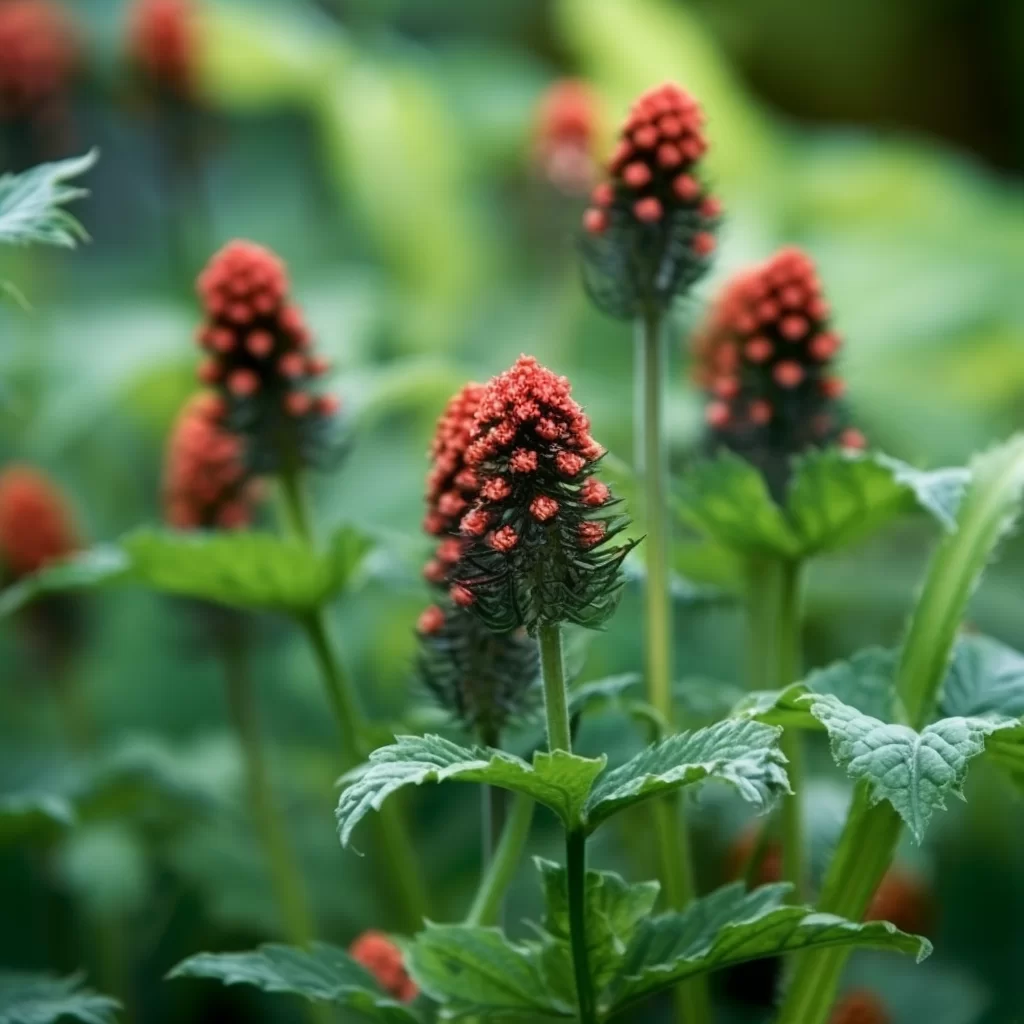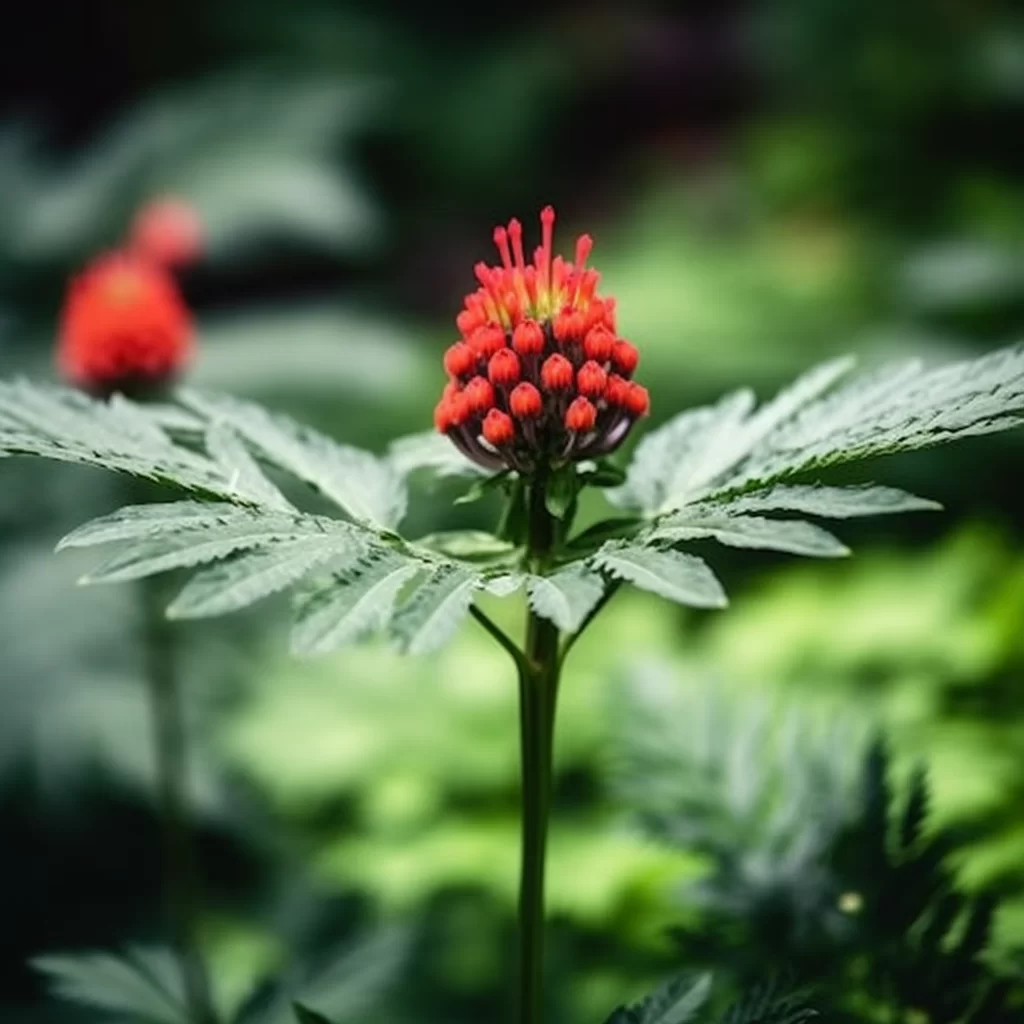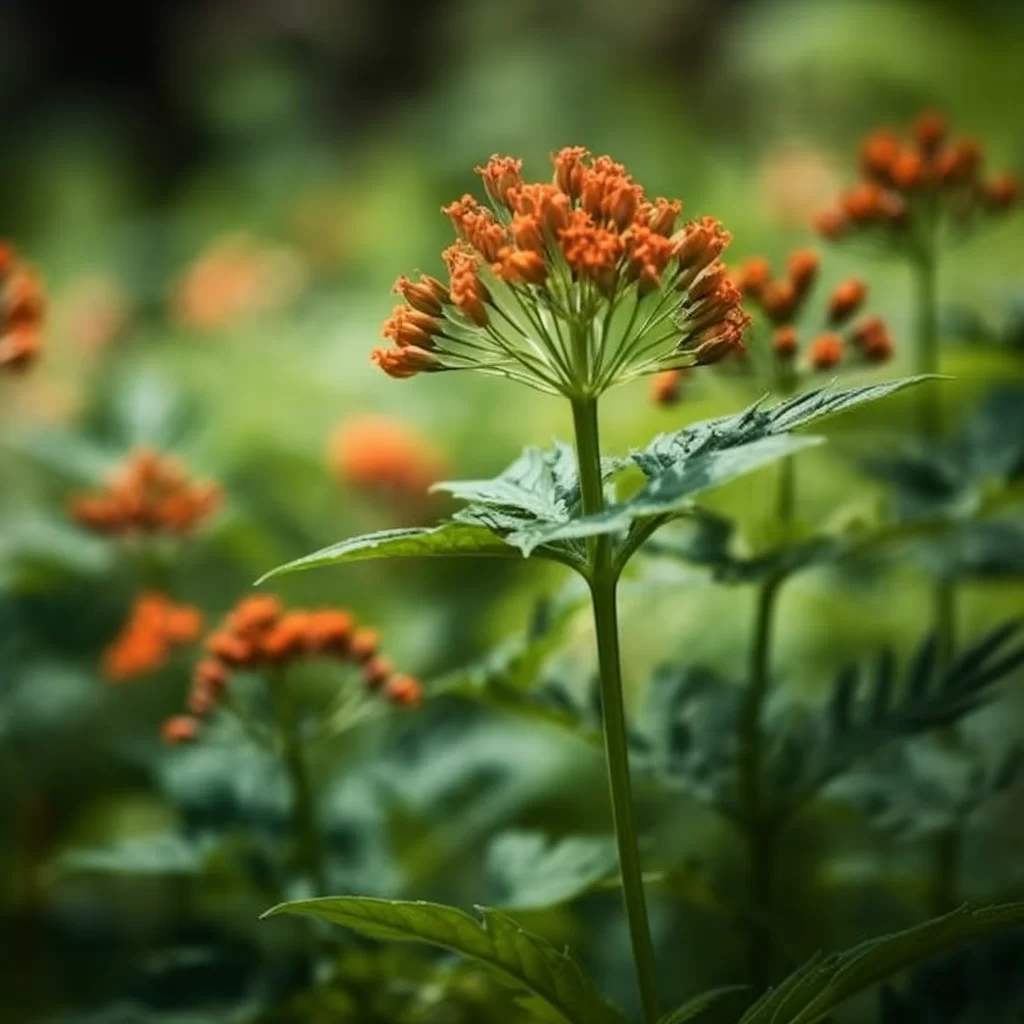Story of Day :
Contents
The Burnet Plant: A Complete Guide and Care Tips
Are you looking for a unique addition to your garden? Meet the burnet plant, an herbaceous perennial that offers both ornamental value and medicinal properties.
In this guide, we will explore everything you need to know about growing burnet plants, from its characteristics to care tips.
Overview of Burnet Plant
- Burnet plant (Sanguisorba officinalis) is a member of the Rosaceae family which includes roses, strawberries and other fruit trees.
- The plant is native to Europe and Asia but can be found in North America as well.
- Burnet plant typically grows up to 3 feet tall with long stems that bear pinnate leaves made up of small leaflets.
- The flowers are tiny with maroon or pink plumes appearing on long stalks during summer months.
Why Grow Burnet Plants?
If you’re looking for a plant that serves multiple purposes in your garden, then burnet plants are perfect for you! Here are some reasons why:
- Burnets attract bees and other pollinators into your garden due to their nectar-rich flowers.
This makes them ideal if you want to promote pollination in your vegetable patch or fruit orchard.
- The leaves have been used since ancient times as folk remedies for treating wounds due to their antibacterial properties.
You can also use them as tea infusions or add them to salads!
- Their elegant look & texture makes them great additions as border plants or cut flowers arrangements.

Care Tips
Soil Requirements
- Burnets prefer slightly acidic, moist soil with good drainage.
They can tolerate partial shade but grow best in full sun.
Watering
- Water regularly to keep the soil consistently moist but not soggy.
Too much water can cause root rot, so be careful not to overwater them!
Fertilization
- Burnets don’t require a lot of fertilizer.
In fact, too much nitrogen can cause leggy growth and fewer flowers.
- If necessary apply a slow-release balanced fertilizer at the beginning of each growing season

Pests & Diseases
Burnet plants are relatively pest-free, but they may suffer from powdery mildew if grown in humid conditions or when planted too closely together.
- To prevent diseases wipe foliage with damp cloth periodically and make sure burnets have proper air circulation around them for optimal health.
- You can also use organic fungicides like neem oil spray as an alternative way to control fungal infestations without harming beneficial insects like bees and butterflies!
In conclusion..x

If you’re looking for an easy-to-care-for perennial that offers ornamental value as well as medicinal benefits, then burnet plant is the ideal candidate! By following our care tips guide above you should be able to successfully grow this plant while avoiding common issues that could harm their growth.
Whether it’s adding beauty to your garden or healing properties for your body – Burnet Plant is a must-have herbaceous perennial!